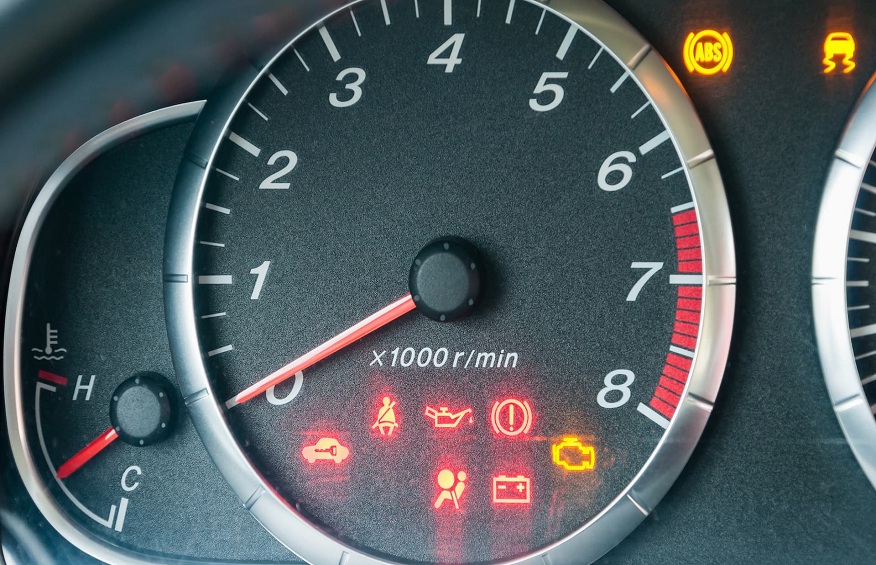
Navigating the intricacies of your daily-driven vehicles requires consistent maintenance and vigilant operation to ensure optimal functionality. However, there are instances when a dashboard light indicates a potential issue, marked by distinct symbols that can be confusing, particularly when you’re on the road.
Most motor vehicles feature similarly designed emergency lights, with standardized alerts varying in severity—a crucial aspect to understand.
Primarily, red lights demand immediate attention, signaling urgency. These warnings range from issues like improperly closed doors or low fuel to more critical concerns such as problems with airbags, seatbelts, battery, power steering, transmission, and braking systems. Red lights in these categories could compromise safety until the issue is resolved.
Amber lights, with a slight orange or yellow hue, act as advisories prompting timely investigation. While not requiring immediate action, timely resolution is necessary to prevent escalation. Examples include warnings about low fluid levels, such as low washer fluid or low engine oil symbols. The check engine light, a significant amber warning, requires attention as it may indicate issues like engine damage, faulty wiring, an ill-fitting gas cap, or ignition system failure.
The check engine light, potentially hazardous yet often overlooked, is represented by an engine silhouette or the words “check engine” in capital letters. While there’s no need for panic, consulting a trusted mechanic promptly is advisable to address potential serious issues.
Lastly, blue, green, and white lights serve as informational indicators, posing less immediate concern. These lights typically relate to safe driving or indicate active features rather than signaling a problem. Examples include symbols for lights like high beams or interior lights. If faced with an unfamiliar notification in these colors, consulting your vehicle’s manual or online resources before seeking professional assistance is recommended.
Whether you’re a new driver or seeking a refresher, having a comprehensive understanding of your vehicle and its features is essential. Additional examples of dashboard lights can be found in the accompanying resource.
Infographic provided by Goodwill Car Donations, learn more about car donation tax deductions




